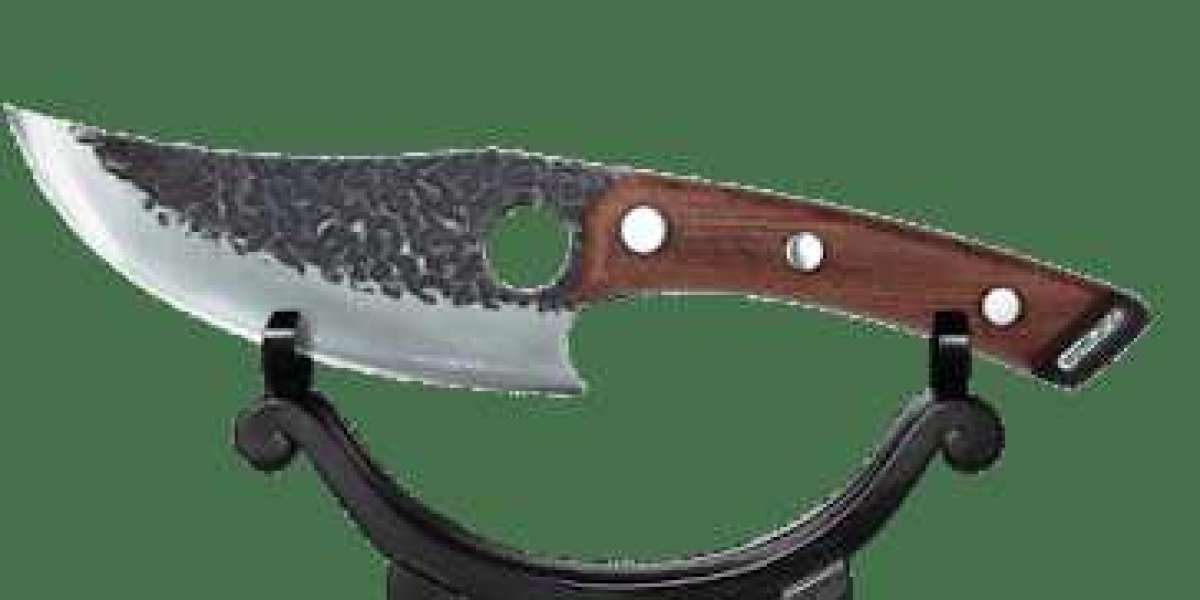Pinched nerve treatment are a common ailment that can cause significant discomfort, pain, and even mobility issues. This condition arises when surrounding tissues, such as bones, cartilage, muscles, or tendons, apply excessive pressure on a nerve. As a result, the nerve is squeezed or compressed, leading to a range of symptoms including pain, tingling, numbness, and weakness in the affected area. Understanding the various treatment options available is crucial for anyone suffering from this condition, as early and appropriate intervention can often lead to a quicker and more effective recovery.
Understanding Pinched Nerve Symptoms
Recognizing the symptoms of a pinched nerve is the first step towards effective treatment. Individuals may experience localized pain that radiates into the extremities, a sensation often described as sharp or burning. There may also be tingling or a "pins and needles" feeling that can extend down the arms or legs, depending on the location of the pinched nerve. In more severe cases, individuals might notice muscle weakness, particularly in the hands, arms, legs, or feet. These symptoms can vary in intensity, and their persistence should not be ignored, as they can lead to chronic pain or further complications if left untreated.
The causes of a pinched nerve can be diverse, ranging from repetitive motions and poor posture to injury or structural changes in the spine. Individuals engaged in physically demanding jobs or those who spend prolonged periods in front of a computer may be at an increased risk. Understanding the underlying cause is essential for effectively addressing the problem and preventing future occurrences.
The Role of Stretching in Pinched Nerve Treatment
One of the most accessible and often recommended forms of relief for a pinched nerve is stretching. Stretching exercises can help alleviate tension in the muscles surrounding the affected nerve, thereby reducing pressure and promoting better blood circulation. Gentle stretching can increase flexibility, improve posture, and strengthen the muscles that support the spine, ultimately contributing to the relief of pinched nerve symptoms.
For instance, neck stretches can be particularly beneficial for pinched nerves that originate in the cervical spine. These exercises often include simple movements such as tilting the head to one side and holding the position for several seconds, then repeating it on the other side. Such gentle movements can help relieve tension in the neck and upper back, reducing the pressure on the nerves that may be causing discomfort. Similarly, stretching the lower back and legs can assist in alleviating symptoms related to pinched nerves in the lumbar region, promoting a sense of relief and improved mobility.
While stretching can be an effective self-care strategy, it is essential to approach these exercises with caution. Individuals should listen to their bodies and avoid pushing themselves into painful positions. Consulting with a physical therapist or healthcare professional can provide personalized guidance on appropriate stretches that align with one’s specific condition and symptoms.
Physical Therapy: A Comprehensive Approach
Physical therapy is another cornerstone in the treatment of pinched nerves. A licensed physical therapist can develop a tailored program designed to address the specific symptoms and underlying causes of the condition. Through a combination of manual therapy, targeted exercises, and modalities such as ultrasound or electrical stimulation, physical therapy can effectively reduce pain, enhance mobility, and restore function.
One of the primary goals of physical therapy is to strengthen the muscles surrounding the affected area. This not only aids in relieving pressure from the pinched nerve but also helps prevent future occurrences. Therapists may introduce strengthening exercises that focus on the core, back, and neck muscles. These exercises are designed to create a stable foundation that supports the spine, thereby reducing the likelihood of nerve compression.
Moreover, physical therapists often educate patients about proper body mechanics. This education is crucial for individuals who may be at risk due to their daily activities or occupations. Learning how to maintain good posture while sitting, standing, or lifting can significantly minimize the risk of developing further issues, ensuring that individuals can engage in their daily lives with less discomfort.
Chiropractic Care: Aligning the Spine
Chiropractic care is another effective treatment modality for pinched nerves, particularly when the symptoms stem from misalignments of the spine. Chiropractors utilize spinal manipulation techniques to realign the vertebrae and relieve pressure on the affected nerves. This hands-on approach can restore proper function to the spine and surrounding tissues, promoting better overall health.
Patients often report a significant reduction in pain and an increase in mobility following chiropractic adjustments. Regular visits can not only address the immediate symptoms but can also help maintain spinal health, reducing the risk of future nerve compression. Chiropractors may also incorporate other therapeutic techniques such as massage, which can further enhance the overall treatment experience.
As with any treatment, it is essential for individuals to choose a qualified and experienced chiropractor who can assess their unique condition and provide appropriate care. Integrating chiropractic care with other treatment modalities, such as physical therapy, can yield even more effective results, addressing both the symptoms and root causes of the pinched nerve.
Alternative Therapies: Exploring Other Options
In addition to conventional treatments, many individuals seek alternative therapies to complement their pinched nerve treatment. Acupuncture, for example, has gained popularity as a holistic approach to managing pain and promoting healing. This ancient practice involves the insertion of fine needles into specific points on the body to alleviate pain and restore balance. Research suggests that acupuncture can be effective in reducing pain associated with pinched nerves, offering a drug-free alternative for those seeking relief.
Massage therapy is another complementary treatment that can significantly aid in the recovery from a pinched nerve. By targeting tight muscles and releasing tension, massage can improve blood flow and promote relaxation, which may help alleviate symptoms. Many individuals find that a combination of massage therapy and stretching exercises enhances their overall recovery experience, leading to greater comfort and mobility.
Moreover, lifestyle modifications can play a crucial role in managing symptoms and preventing future occurrences. Maintaining a healthy weight, engaging in regular exercise, and practicing stress-reduction techniques can all contribute to better nerve health. Adopting ergonomic practices in daily activities, such as using proper seating and desk arrangements, can also help reduce strain on the spine and nerves.
Conclusion: Finding Relief from Pinched Nerve Symptoms
In conclusion, pinched nerve treatment encompasses a multifaceted approach that includes stretching, physical therapy, chiropractic care, and alternative therapies. By understanding the various options available and seeking appropriate care, individuals can effectively manage their symptoms and promote healing. Early intervention and a commitment to ongoing care are essential in addressing this common condition, ultimately leading to improved quality of life.
If you or someone you know is struggling with the symptoms of a pinched nerve, consider reaching out to professionals who specialize in the treatment of musculoskeletal issues. At Coral Way Disc Center, we are dedicated to helping individuals find relief from pain and regain their mobility. Contact us today to discover how our comprehensive treatment options can support your journey to wellness!







